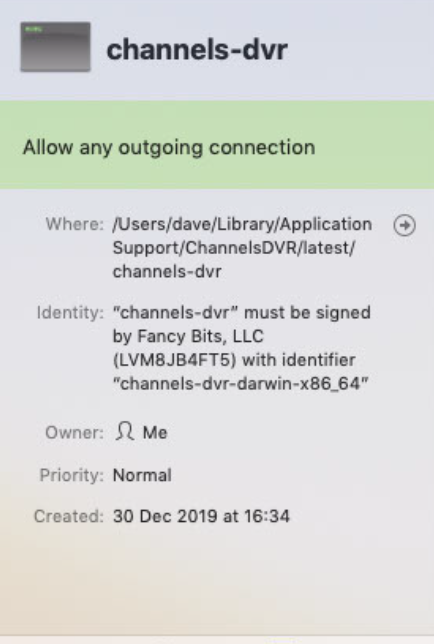

- EMCOPY IGNORE SYSTEM VOLUME ARCHIVE
- EMCOPY IGNORE SYSTEM VOLUME CODE
- EMCOPY IGNORE SYSTEM VOLUME OFFLINE
- EMCOPY IGNORE SYSTEM VOLUME WINDOWS
Remove file attribute(s) on destination filesĬreate destination files using 8.3 FAT file names onlyĬreate directory tree structure + zero-length files onlyĬompensate for one-hour DST time differencesĭon’t copy, timestamp or delete any filesĬopy file symbolic links instead of the targetĬopy files without using the Windows copy offload mechanismĬopy any encrypted files using EFS RAW modeįix file times on all files, even skipped files Set file attribute(s) on destination files + add MINimum file AGE – exclude files newer than n days/date MAXimum file AGE – exclude files older than n days/date Only copy the top n LEVels of the source tree
EMCOPY IGNORE SYSTEM VOLUME ARCHIVE
Like /A, but remove Archive attribute from source files CREDIT: Monsieurx (Reddit)Ĭopy only files with the Archive attribute set This is not officially documented! If dehydration is what you need (reason i found this issue), you can’t copy the ACLs along your files.
EMCOPY IGNORE SYSTEM VOLUME OFFLINE
This will prevent dehydrating offline files and will instead copy the file’s tag (on emc VNX/Unity systems at least). File Data (D) always includes file Timestamps (T) Source Options SwitchĬopy subfolders including empty subfoldersĭ=Data, A=Attributes, T=Timestamps S=Security=NTFS ACLs, O=Owner info, U=aUditing info. They’ve been broken up into more meaningful sections, added to over time, and cleaned up to provide more useful info. These tables were built from the help syntax returned from robocopy /?. You have a lot of options to copy or move files with robocopy! You will more options in the individual sections. Why such a long blog post on a single utility? Just feast your eyes on the tables below.
EMCOPY IGNORE SYSTEM VOLUME CODE


The version of Robocopy as of this writing is up to 10.0.18. It allows you to specify a drive path or server path to copy/move files at a command prompt. It’s a replacement for the less versatile xcopy utility. Robocopy is a Windows command-line utility that’s been available since Windows NT. In this guide, we will break down all that complexity and provide a complete tutorial on using this useful tool. But with all that power comes complexity. It’s such a popular tool because of how powerful it is. Once you have typed that into the text box, click on "Check Names".Robocopy is one of the most-used command-line utilities to copy large volumes of data in Windows. You need to specify it EXACTLY AS FOLLOWS. Trusted Installer is hidden from the usual views in local users or active directory. Create a group policy covering all removable drives, again, explicitly denying Trusted Installer permission to create. (This will probably need to be done from an elevated cmd prompt or powershell.)ģ. Set permissions on the root of the drive explicitly denying Trusted Installer permissions to create. Format the card or pen drive in a legacy filesystem that does not have file security, such as FAT or FAT32Ģ. On that basis, assuming I'm correct, you have three options:ġ. the only other files I've ever seen with permissions that even lock out admins, have all been created and owned by the Trusted Installer user account. Unfortunately, until you take ownership of the folder, you cannot see who owns it or who created it.


 0 kommentar(er)
0 kommentar(er)
